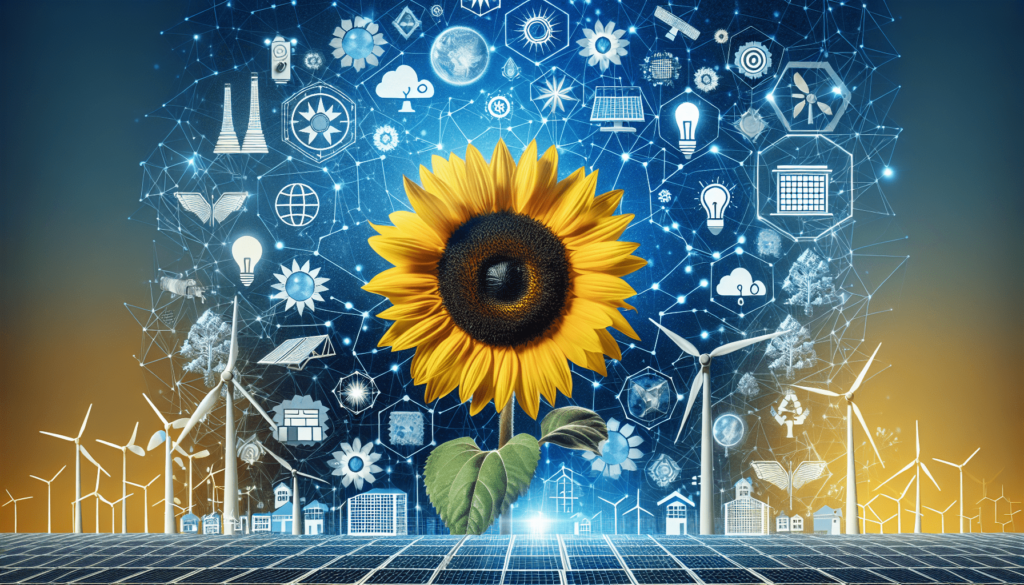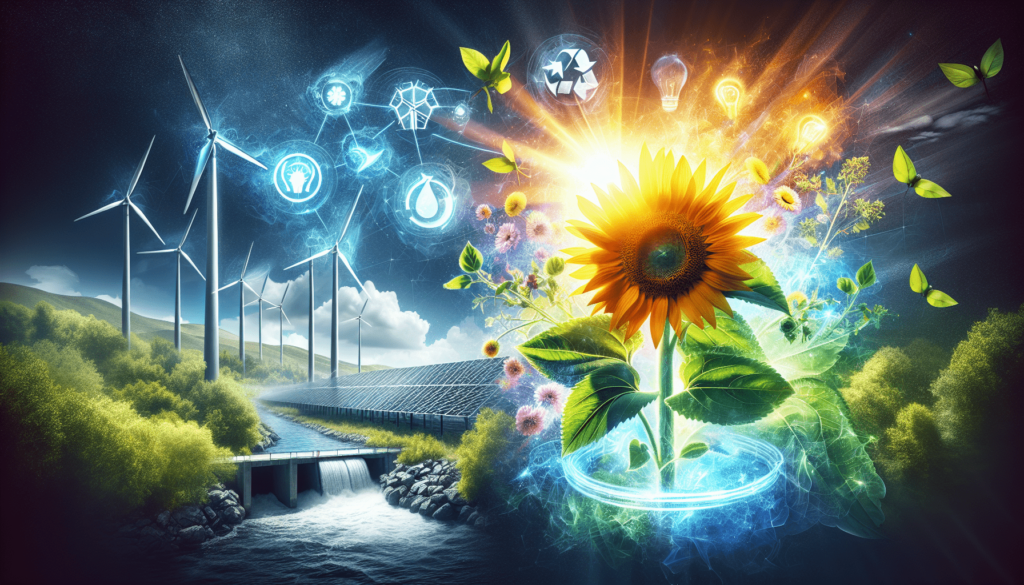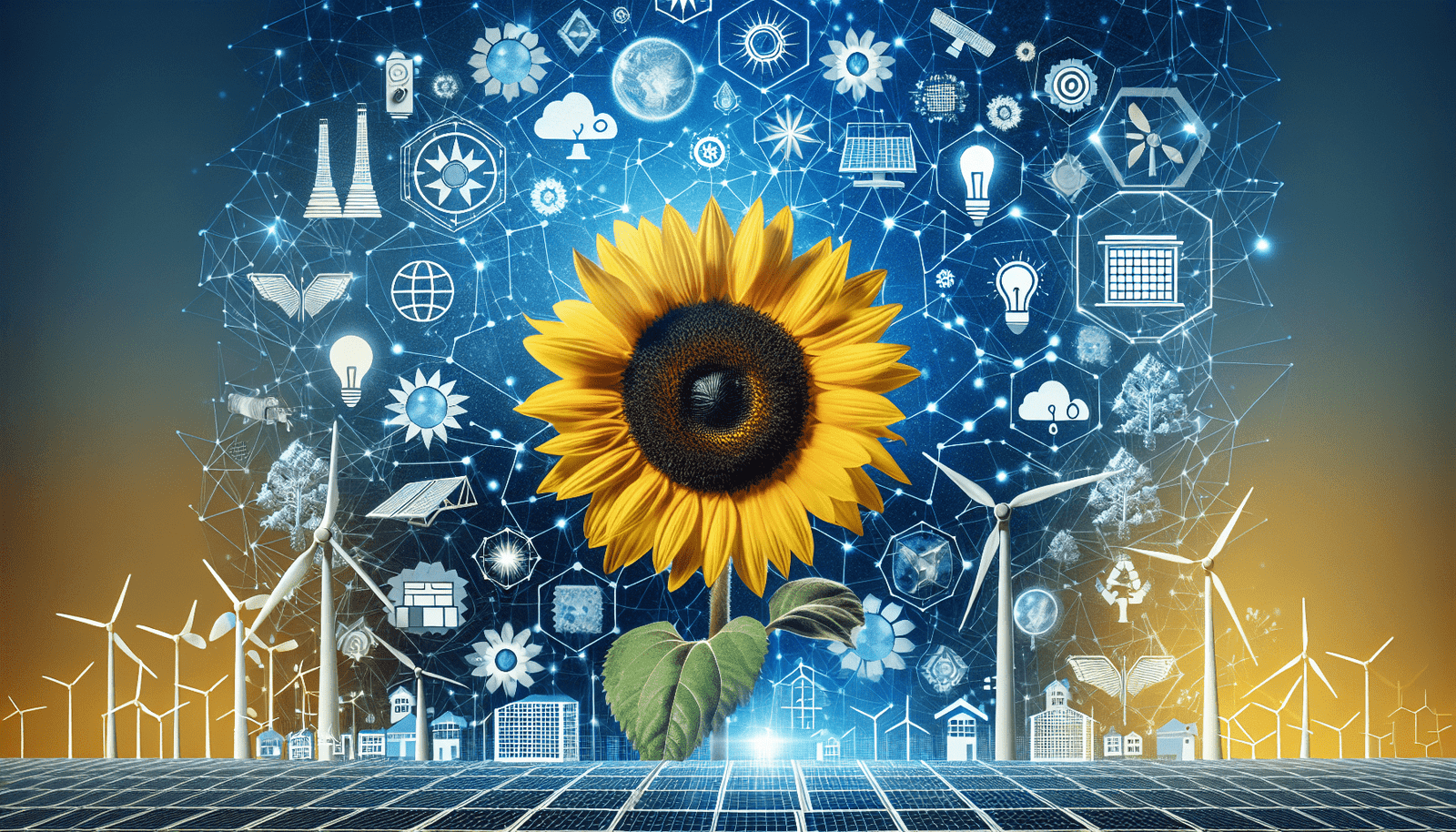Imagine the freedom of living off the grid, self-sufficiently supporting your family in a thriving survival garden, filled with fresh produce. In this adventurous journey, you learn to identify edible plants, master basic survival skills, and even build DIY projects like a homemade water filter and solar power system. But it’s not just about doomsday preparation; it’s about connecting with nature, empowering yourself and your loved ones, and gaining the valuable skills to handle unexpected situations. So, are you ready to embark on your own off-grid adventure and build a DIY solar power system on a budget? Get ready to go green and save green as we explore the exciting world of self-reliance and sustainability.
Benefits of Solar Power

Reduced electricity bills
Installing a solar power system at your home can lead to significant reductions in your electricity bills. Solar panels harness the power of the sun to generate electricity, which means you can use less energy from the grid. By relying on the sun to power your home, you can reduce your reliance on traditional electricity sources and save money in the long run.
Environmentally friendly
Solar power is a clean and renewable source of energy that helps reduce your carbon footprint. Traditional electricity production relies on fossil fuels, which contributes to greenhouse gas emissions and air pollution. By generating electricity from the sun, solar power systems help combat climate change and promote a healthier environment for everyone.
Independence from the grid
One of the major advantages of solar power is the ability to become independent from the electricity grid. With a solar power system installed, you have your own source of electricity, even during a power outage. This gives you peace of mind knowing that you and your family will always have access to power, regardless of external factors.
Understanding Solar Power Basics
How solar panels work
Solar panels work by converting sunlight into electricity through the use of photovoltaic cells. These cells, typically made of silicon, absorb the sun’s energy and generate direct current (DC) electricity. An inverter then converts this DC electricity into alternating current (AC) electricity, which can be used to power your home.
Types of solar panels
There are two main types of solar panels: monocrystalline and polycrystalline. Monocrystalline panels are made from a single crystal structure, which makes them more efficient but also more expensive. Polycrystalline panels, on the other hand, are made from multiple fragments of silicon, making them slightly less efficient but more affordable.
Factors to consider before installation
Before installing a solar power system, there are a few factors to consider. First, you’ll need to evaluate the amount of sunlight your property receives throughout the year to ensure it’s suitable for solar energy generation. Additionally, you’ll need to assess the available space for panel installation and consider any shading that may affect their efficiency. Finally, it’s important to evaluate your current energy consumption and determine if a solar power system will meet your needs.
Determining Your Energy Needs
Calculating your electricity consumption
To determine your energy needs, start by analyzing your electricity consumption. Look at your past utility bills to identify your average monthly and annual energy usage. This will help you understand how much electricity your solar power system needs to generate to meet your needs.
Assessing your energy requirements
Once you have an understanding of your energy consumption, you can assess your energy requirements. Consider factors such as future energy needs, any planned renovations or additions to your home, and potential changes in your lifestyle. This will help you determine the size and capacity of the solar power system that best suits your needs.
Choosing the Right Solar Panels
Monocrystalline vs. polycrystalline panels
When selecting solar panels, you’ll need to choose between monocrystalline and polycrystalline options. Monocrystalline panels are known for their high efficiency and sleek appearance, but they tend to be more expensive. Polycrystalline panels, on the other hand, are more affordable but slightly less efficient. Consider your budget and energy needs when deciding between the two.
Efficiency and wattage
Efficiency and wattage are important considerations when choosing solar panels. The efficiency of a panel determines how effectively it can convert sunlight into electricity. Higher efficiency panels will generate more electricity for the same amount of sunlight. Additionally, consider the wattage of the panels, which determines their power output. Higher wattage panels will produce more electricity, but they may also be more expensive.
Durability and warranty
Durability is another crucial factor when selecting solar panels. Look for panels that are built to withstand harsh weather conditions such as high winds and heavy snowfall. Additionally, consider the warranty offered by the manufacturer. A longer warranty period can provide peace of mind and protection for your investment.
Inverter Selection and Efficiency
Types of inverters
Inverters are crucial components of a solar power system as they convert the DC electricity generated by the solar panels into AC electricity that can be used to power your home. There are several types of inverters, including string inverters, microinverters, and power optimizers. Each type has its own advantages and considerations, so it’s important to choose the right one for your system.
Choosing the right inverter for your system
When selecting an inverter, consider factors such as your panel configuration, the size of your solar power system, and any shading or panel-level monitoring requirements. It’s important to choose an inverter that is compatible with your specific needs to ensure optimal performance.
Inverter efficiency and conversion rates
Inverter efficiency is an important consideration when choosing a solar power system. The efficiency of an inverter determines how effectively it can convert DC electricity into usable AC electricity. Higher efficiency inverters will minimize energy loss and maximize the amount of electricity your system generates.
Battery Options for Energy Storage
Lead-acid batteries vs. lithium-ion batteries
Energy storage is an important aspect of a solar power system, as it allows you to store excess electricity generated during the day for use during the night or during power outages. Two common types of batteries used for energy storage are lead-acid batteries and lithium-ion batteries. Lead-acid batteries are more affordable but have a shorter lifespan, while lithium-ion batteries are more expensive but offer longer lifespans and higher efficiency.
Calculating battery capacity and lifespan
To determine the battery capacity you need, consider factors such as your energy consumption during non-sunlight hours, the number of consecutive days you want to rely on stored energy, and any additional loads you may need to power. Additionally, consider the lifespan of the batteries and factor that into your decision-making process.

Maintenance and safety considerations
Batteries require regular maintenance to ensure optimal performance and longevity. This may include monitoring the battery’s charge levels, cleaning the terminals, and replacing any faulty components. Additionally, it’s important to follow proper safety precautions when handling batteries, as they contain chemicals and can pose risks if mishandled.
Designing Your Solar Power System
Determining panel placement and angle
The placement and angle of your solar panels play a significant role in their performance. Ideally, panels should be installed at an angle that maximizes their exposure to sunlight throughout the day. Additionally, consider any shading from nearby trees or buildings that may impact the efficiency of your panels.
Sizing your system
The size of your solar power system should be based on your energy consumption and goals. Consider factors such as the available space for panel installation and the amount of sunlight your property receives. It’s important to strike a balance between generating enough electricity to meet your needs and avoiding oversizing your system, which can unnecessarily increase costs.
Wiring and circuit design
Proper wiring and circuit design are essential for a well-functioning solar power system. This includes determining the wire sizes and conductors needed, as well as the design of the electrical circuits. It’s important to comply with relevant electrical codes and ensure the safety and efficiency of your system.
Obtaining Permits and Approvals
Local regulations and permits
Before installing a solar power system, it’s important to research and comply with local regulations and obtain any necessary permits. Different areas may have specific rules and requirements regarding solar panel installation, so it’s important to be aware of and follow these guidelines.
Interconnection agreements with utility companies
If you plan on connecting your solar power system to the grid, you’ll need to establish an interconnection agreement with your utility company. This agreement outlines the terms and conditions for selling excess electricity back to the grid and ensures compliance with local regulations and safety standards.
Incentives and rebates
When installing a solar power system, be sure to explore any available incentives and rebates. Many governments and utility companies offer financial incentives to encourage the adoption of renewable energy. These incentives can help offset the initial costs of installation and make solar power more accessible and affordable.
Installing Your DIY Solar Power System
Tools and equipment needed
Installing a solar power system requires specific tools and equipment. Some common tools include a ladder, drill, wrench, and wire cutters. Additionally, you may need equipment such as mounting brackets, connectors, and wiring. It’s important to have the necessary tools and equipment on hand before starting the installation process.
Step-by-step installation guide
The installation process for a solar power system can vary depending on several factors, including the type of panels and inverters you’re using, as well as your specific property. It’s important to follow the manufacturer’s instructions and consult a professional if necessary. A step-by-step installation guide can help you navigate the process and ensure a successful installation.
Testing and troubleshooting
After installing your solar power system, it’s important to test and troubleshoot to ensure everything is functioning properly. This may involve checking the connections, monitoring the performance of the panels and inverters, and assessing the charging and discharging of the batteries. Regular maintenance and monitoring can help identify any issues early on and prevent potential problems in the future.
Expanding Your Solar Power System
Adding more panels and increasing capacity
If you find that your energy needs increase over time, or if you want to generate more electricity, you can expand your solar power system by adding more panels. This can be done by installing additional panels on your property or by upgrading to higher capacity panels. It’s important to assess your energy requirements and consult with a professional to ensure your system can handle the increased capacity.
Upgrading batteries and inverters
As technology advances, you may also consider upgrading your batteries and inverters to take advantage of new advancements in energy storage and conversion. Upgrading to more efficient batteries and inverters can improve the performance and reliability of your solar power system.
Grid tie-in options
If you initially opted for an off-grid solar power system, you may later decide to connect your system to the grid. This can allow you to sell excess electricity back to the utility company and take advantage of net metering programs. However, it’s important to assess the financial implications and consider the regulatory requirements before making the switch.
In conclusion, building a DIY solar power system on a budget offers numerous benefits, ranging from reduced electricity bills and environmental friendliness to independence from the grid. It’s important to understand the basics of solar power, calculate your energy needs, choose the right panels and inverters, and consider battery options for energy storage. Designing and installing your system requires careful planning, obtaining permits and approvals, and following proper installation and maintenance procedures. With the ability to expand your system in the future, you can continue to increase your energy independence and contribute to a greener future. So, are you ready to start your own off-grid adventure and harness the power of the sun?

